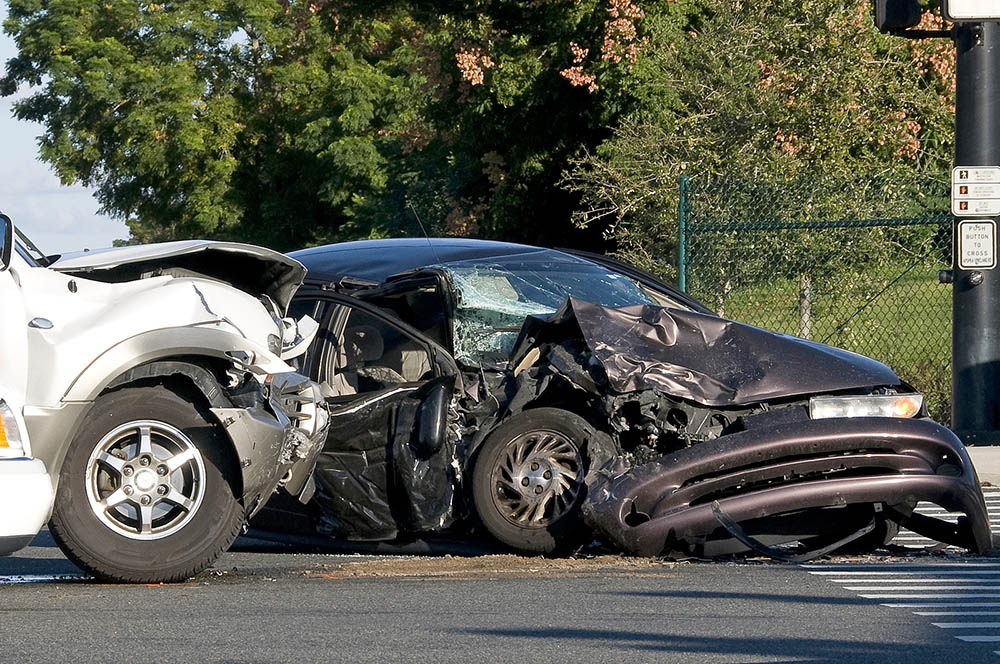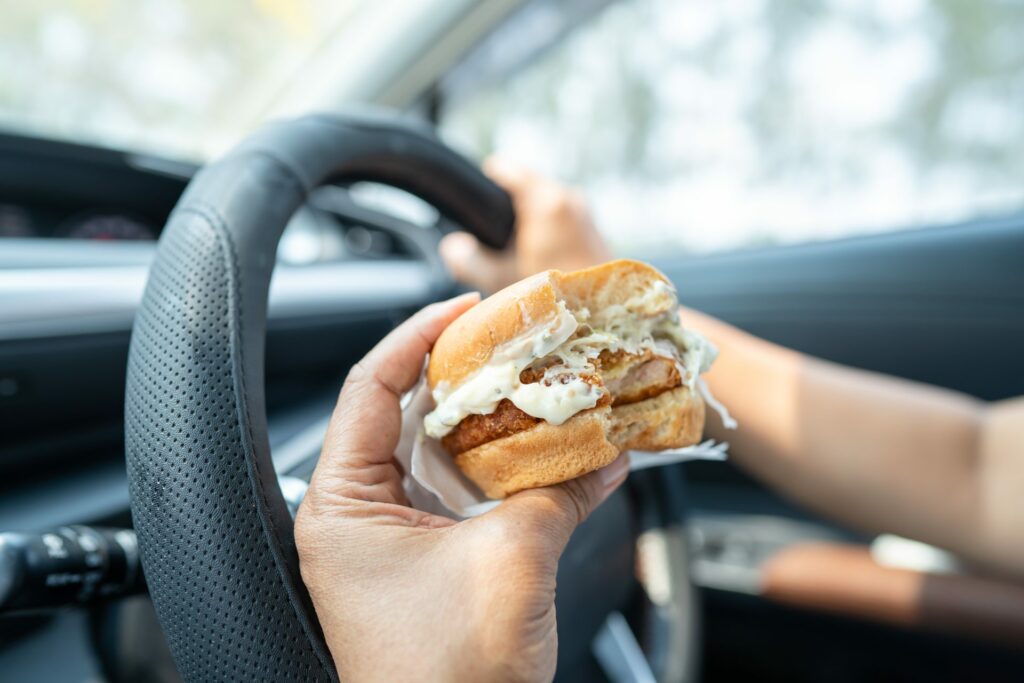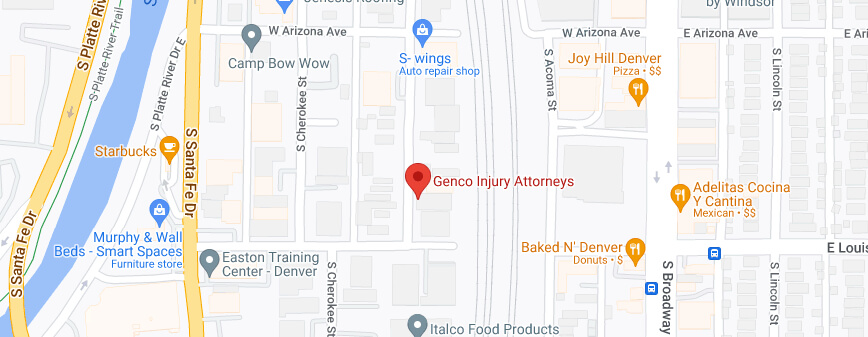What Evidence Do We Need to Have to Pursue Damages for Injuries After an Accident with a Truck?
Any vehicular accident can be traumatic because they’re unexpected and usually happen rapidly. Getting into an accident with a truck can be even worse. Trucks are often much larger than passenger vehicles and can cause more damage. Consider that some of the larger semis on the road can be at least 60 feet long and weigh as much as 80,000 pounds (fully loaded) compared to the average passenger vehicle, which weighs less than 6,000 pounds. That additional size and weight can change a victim’s life.
When someone is injured in a truck accident, critical pieces of evidence can help their case when they file for damages.
- Police reports. Colorado law requires anyone involved with an accident that causes bodily injury, property damage, or death to call law enforcement to file a police report. These reports can become important evidence. The police officer will take statements from everyone involved in the accident and any eyewitness accounts, plus they’ll note any extenuating circumstances, such as weather or road conditions.
- Truck maintenance records. Trucking companies must keep maintenance records. These might demonstrate known problems with the truck or that the trucking company wasn’t managing maintenance as they should.
- Driver logs and records, including electronic logging device (ELD), if available. Drivers must maintain logs showing how long they drove, length of rest breaks, etc. These logs may show the driver wasn’t following government rules and may have been fatigued, which is often a source of accidents. Trucking companies that use ELDs may show similar data collected electronically rather than relying on the driver’s honesty.
- Driver hiring, training, and management. Trucking companies should have records of their hiring, training, and management practices. Those records may indicate that some drivers shouldn’t have been hired or were improperly trained or managed.
- Third-party evidence. Trucking companies often work with third-party cargo companies to load cargo onto their trucks. If the cargo is loaded improperly, it might shift dangerously while on the road and lead to an accident that’s not the fault of the truck driver or trucking company.
- Video surveillance. If there are nearby buildings with video cameras (commercial or residential), there may be footage of the accident that can show causation.
- Black boxes and dashcams. Some trucking companies have begun using black boxes, similar to those used in aircraft, and dashcams that may show the progression of the accident. These track important information, including how fast the driver drove or their braking patterns.
- Expert reconstruction. There are times when it’s valuable to bring in experts to reconstruct the accident scene and offer opinions on where the fault for the accident belongs.
- Medical records. When someone is injured in an accident with a truck, their medical records may provide insight into how those injuries were caused.
- Medical bills. All costs for out-of-pocket medical expenses, lost wages, physical or occupational therapy, and property damage costs (such as repairing your vehicle or replacing it if it’s totaled) are essential evidence.
How Does Colorado’s Comparative Negligence Play a Role in Filing Claims for Damages?
It does. It’s common for people to think there’s just one liable party when an accident occurs. However, it’s as common (if not more so) for more than one driver to have some of the blame. For example, suppose a truck driver is fatigued, falls asleep at the wheel, and crashes into a car in an intersection. But the car’s driver was speeding and ran a red light. Both parties have some fault.
In those cases, laws regarding comparative negligence come into play. The court assigns a percentage of blame to each driver. In Colorado, the law is modified comparative negligence, which means that if the injured party is found at least 50% at fault for the accident, they can’t file for damages. If they’re found 49% or less to blame, they can file for damages, but the amount they receive will have their percentage of fault deducted. In the example above, suppose the truck driver is found 80% at fault and the car driver 20%. The car driver is awarded $10,000, but they receive $8,000 instead. This is why working with an experienced truck accident attorney is vital to avoid being assigned more liability than necessary.
What Should I Do if I Was Injured in an Accident with a Truck?
You may feel fine after the accident but must see a doctor immediately. Explain that you were in an accident with a truck, and the doctor should examine you for injuries that may be serious and don’t always present symptoms right away. Left untreated, they can worsen dramatically.
Then call Genco Injury Attorneys at 303-500-1376 for a free case evaluation. Truck accident injury claims are complex to pursue. We can examine the specifics of your accident to help you understand what level of claims you might be able to negotiate or litigate and prepare to follow through and work for the best possible outcomes.
Colorado’s comparative negligence law means that the truck driver or trucking company, their insurance representative, or attorney will do everything possible to put as much blame for the accident onto you as possible. They may try to contact you in hopes you’ll say something that can be construed as accepting liability. They might also try to convince you to accept a far lower settlement than is reasonable. Don’t discuss with them, but forward all communications to your attorney.









